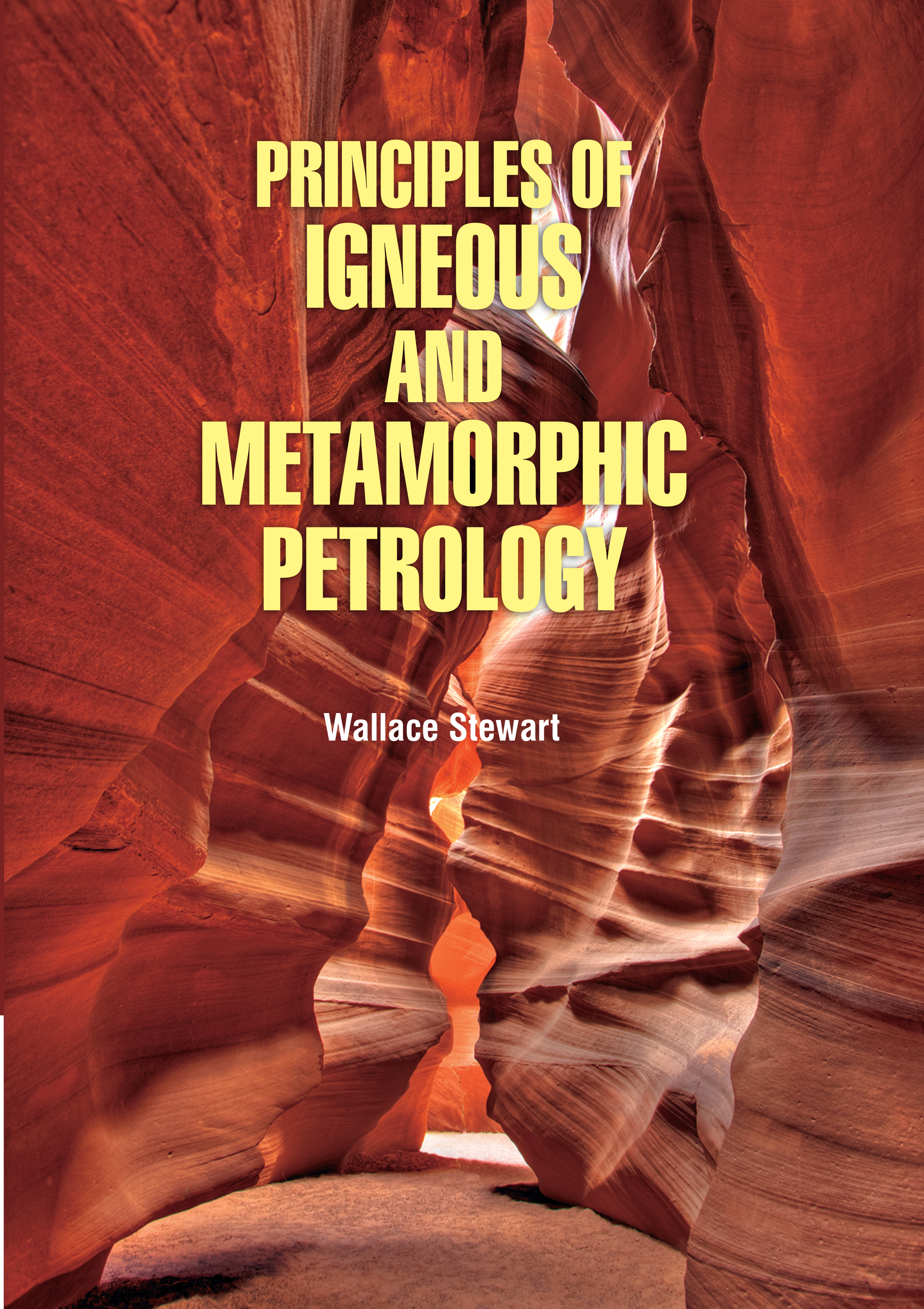
Principles of Igneous and Metamorphic Petrology
by Wallace Stewart
| ISBN | 9789372420388 |
|---|---|
| Publisher | Digital Drive Learning |
| Copyright Year | 2026 |
| Price | $263.00 |

by Wallace Stewart
| ISBN | 9789372420388 |
|---|---|
| Publisher | Digital Drive Learning |
| Copyright Year | 2026 |
| Price | $263.00 |
Igneous petrology is concerned with the identification, classification, origin, evolution, and processes of formation and crystallization of the igneous rocks. Most of the rocks available for study come from the Earth’s crust, but a few, such as eclogites, derive from the mantle. Igneous petrology is the study of igneous rocks—those that are formed from magma. As a branch of geology, igneous petrology is closely related to volcanology, tectonophysics, and petrology in general. The modern study of igneous rocks utilizes a number of techniques, some of them developed in the fields of chemistry, physics, or other earth sciences. Petrography, crystallography, and isotopic studies are common methods used in igneous petrology. Metamorphic petrology covers the chemical and physical work done in natural systems in response to changing physical conditions. Petrogenetic processes such as recrystallization, continuous and discontinuous reactions, mixed volatile reactions and deformation are addressed. The principles of metamorphic petrology are then applied to a number of orogenic events through geologic time, and modern advances in research in metamorphic petrology are explored. In the field of igneous petrology, the researcher commonly employs a phase equilibrium approach to compare the mineral assemblages found in naturally occurring and synthetic rocks.